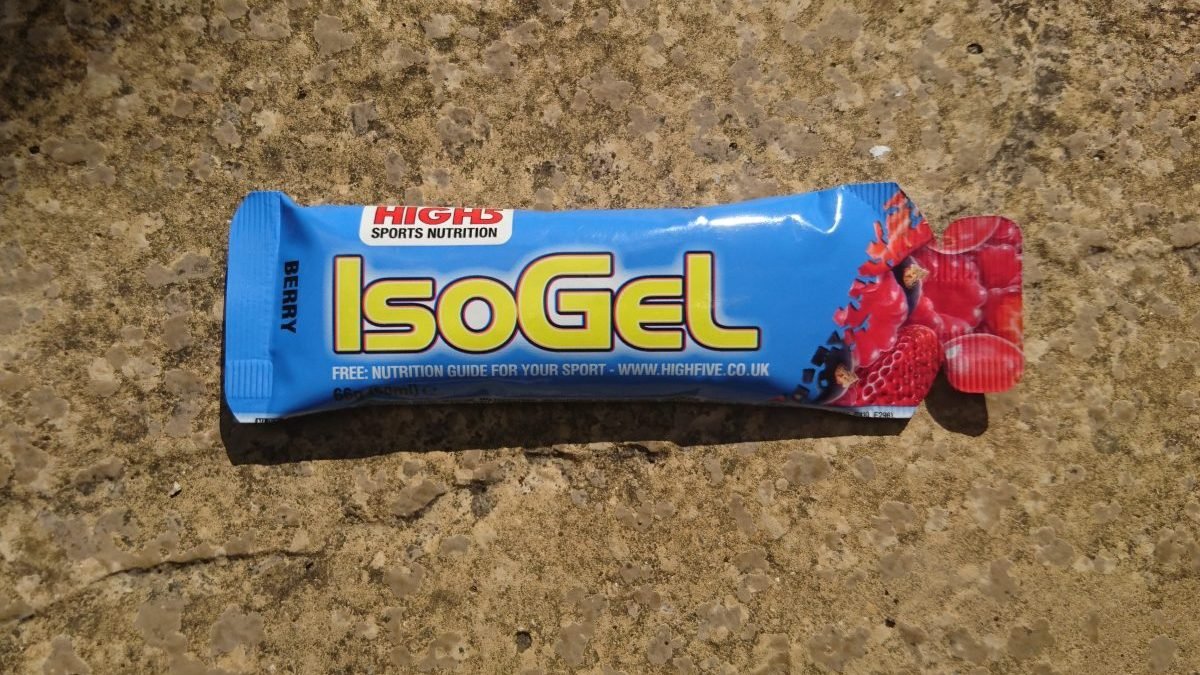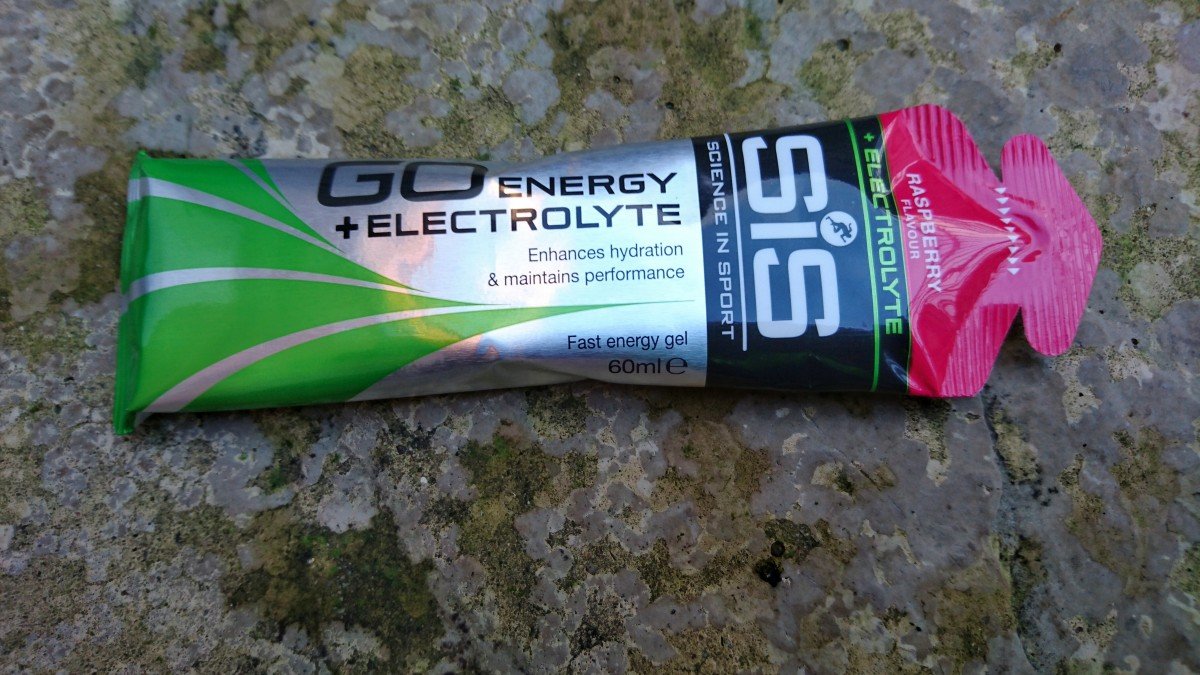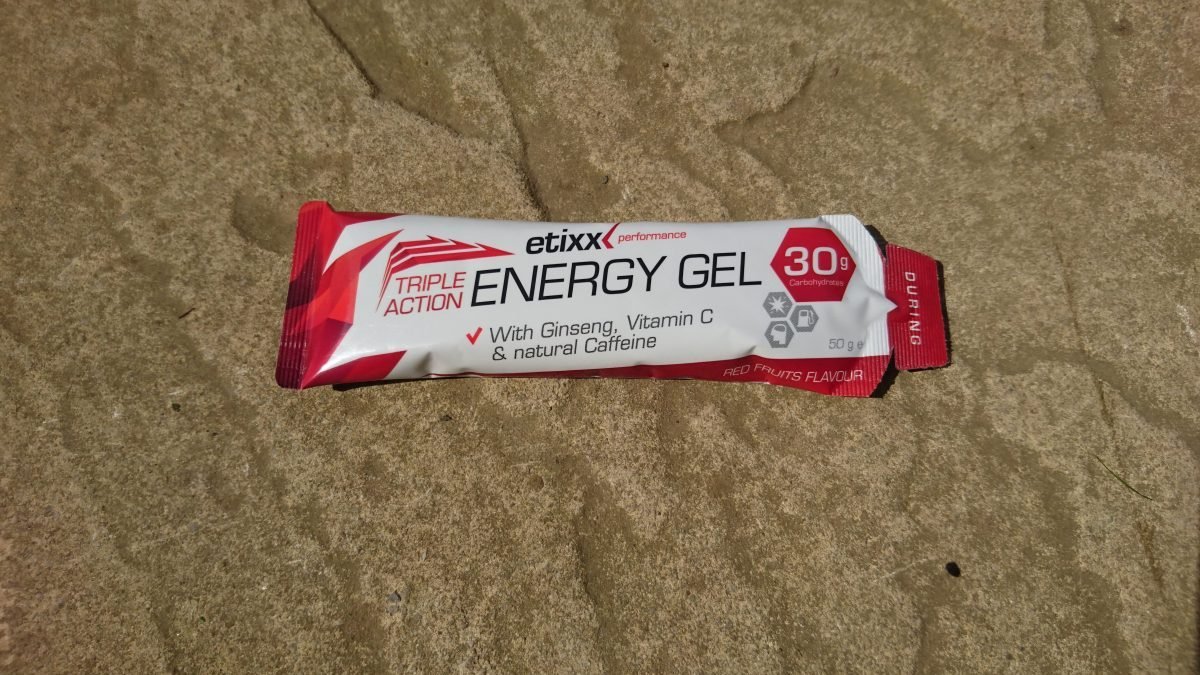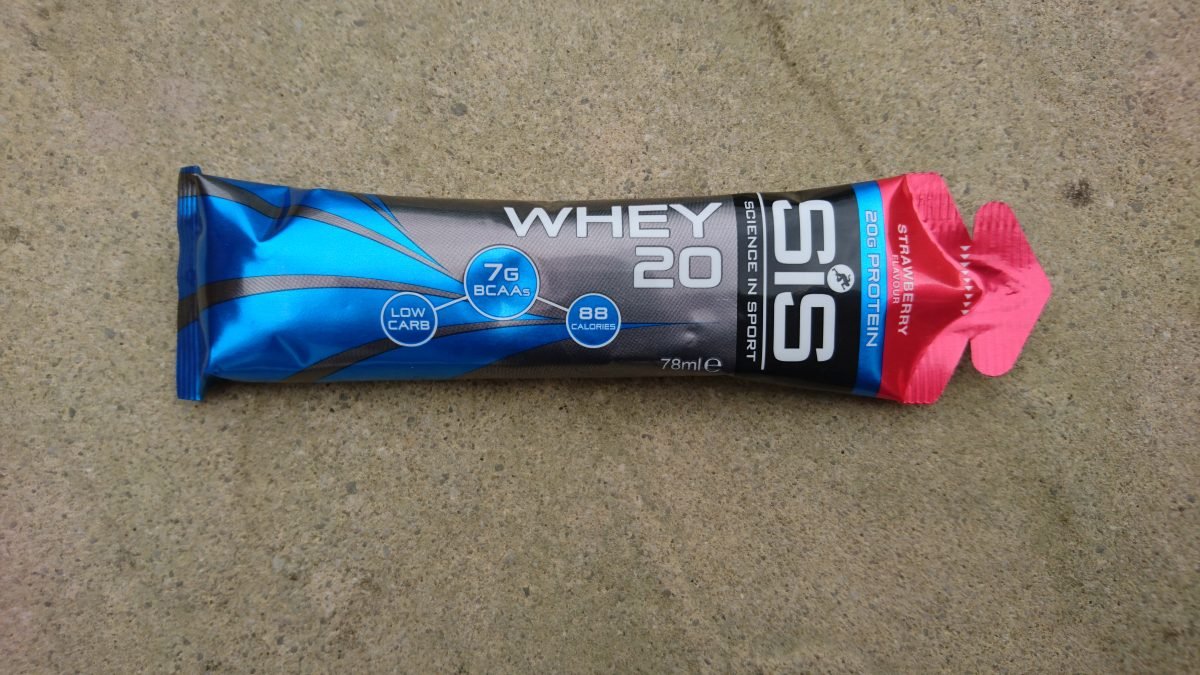Buyers Guide to Energy Gels
Energy gels are a pretty common sight in the world of endurance sport - especially cycling. Whether they are being handed out to pro riders from their support vehicles, or by amateur riders on weekend club ride or sportive. But if you are new to cycling, what does it all mean? Here is our basic guide to energy gels and the main options.
The Basic Science
During exercise the body burns energy in the form of nutrients. Gentle exercise can be fueled by fat energy which burns slowly. However, intensive exercise uses carbohydrates as the main source of nutrients which the body breaks down into glucose for energy. Glucose are stored in glycogen stores in muscles and the liver. So during high cardio or prolonged endurance exercise like cycling, glycogen stores are then broken down into glucose again and used for energy. But carbohydrate energy can only be stored in limited amounts in the body and burns much quicker than the other forms of energy stores like fat or as a last resort - proteins. During 90-120 minutes riding, the body will burn 60-70g of carbohydrates (depending on the intensity of the ride). So it is important to keep carbohydrate levels topped up during exercise to help prevent fatigue.
Different types of Energy Gels
Isotonic
 Isotonic gels are designed to be easy to digest. They are light in consistency and often 'drink-like'. This makes them easy to consume and means that you (usually) don't need to take additional fluid on board to wash them down. Another benefit of these gels is that because of their consistency, they tend to be easier on the stomach. Isotonic gels commonly deliver around 20-25 grams of Carbohydrates per gel (depending on manufacture).
Isotonic gels are designed to be easy to digest. They are light in consistency and often 'drink-like'. This makes them easy to consume and means that you (usually) don't need to take additional fluid on board to wash them down. Another benefit of these gels is that because of their consistency, they tend to be easier on the stomach. Isotonic gels commonly deliver around 20-25 grams of Carbohydrates per gel (depending on manufacture).
Electrolyte Gels
 Electrolytes are minerals which help the body absorb water and maintain it's fluid balance. During cycling, your body loses these Electrolytes through sweat and this can quickly lead to dehydration. Energy gels which contain Electrolytes have an increased level of minerals including sodium, potassium and magnesium. These help the body to absorb water faster
Electrolytes are minerals which help the body absorb water and maintain it's fluid balance. During cycling, your body loses these Electrolytes through sweat and this can quickly lead to dehydration. Energy gels which contain Electrolytes have an increased level of minerals including sodium, potassium and magnesium. These help the body to absorb water faster
Caffeine Gels
 In addition to carbohydrates and minerals, caffeine is another ingredient often used in energy gels. The addition of caffeine is designed to combat the on-set of fatigue during prolonged exercise. These energy gels can contain as much as 150mg of caffeine. The combination of carbohydrates and caffeine in gels means that energy levels are boosted both mentally and physically.
In addition to carbohydrates and minerals, caffeine is another ingredient often used in energy gels. The addition of caffeine is designed to combat the on-set of fatigue during prolonged exercise. These energy gels can contain as much as 150mg of caffeine. The combination of carbohydrates and caffeine in gels means that energy levels are boosted both mentally and physically.
Recovery Gels
 More recently, gels have moved into post-ride nutrition in the form of the Science in Sport Whey20 gel. This is a dairy based gel so it has a thick yogurt consistency. It has reduced carbohydrates (1.8g per sachet) and is loaded with protein (20g) to aid in muscle recovery. Working in a similar way as a recovery shake, the Whey20 gel is recommended to be taken within 20-30 minutes after training - but the gel is considered to be more convenient that having to mix up a drink.
More recently, gels have moved into post-ride nutrition in the form of the Science in Sport Whey20 gel. This is a dairy based gel so it has a thick yogurt consistency. It has reduced carbohydrates (1.8g per sachet) and is loaded with protein (20g) to aid in muscle recovery. Working in a similar way as a recovery shake, the Whey20 gel is recommended to be taken within 20-30 minutes after training - but the gel is considered to be more convenient that having to mix up a drink.
Conclusion
If you are new to using energy gels, you should always read the label to check the ingredients before use. The ingredients and nutritional values in energy gels will vary between manufacturers and between the gels themselves. Energy gels are designed to maintain carbohydrate energy levels rather than replenish them so they should be taken before the body if completely fatigued during longer or intensive rides. That means you shouldn't find yourself needing to use them on a 6 mile commute to work or a 30 minute relaxed family ride. Most manufacturers recommend 2-3 gels per hour during medium to high intensity riding. However, you may find that certain brands or gels don't agree with you and cause stomach upset. If you are planning a long ride or a Sportive event - you should always trial gels in training before the event. We'd recommend that you also consume gels with water or fluid and not instead of - to help prevent dehydration.Lastly, if you do use any energy nutrition, whether it is gels, bars or other food - bin the wrapper or take you litter with you! #AATR

